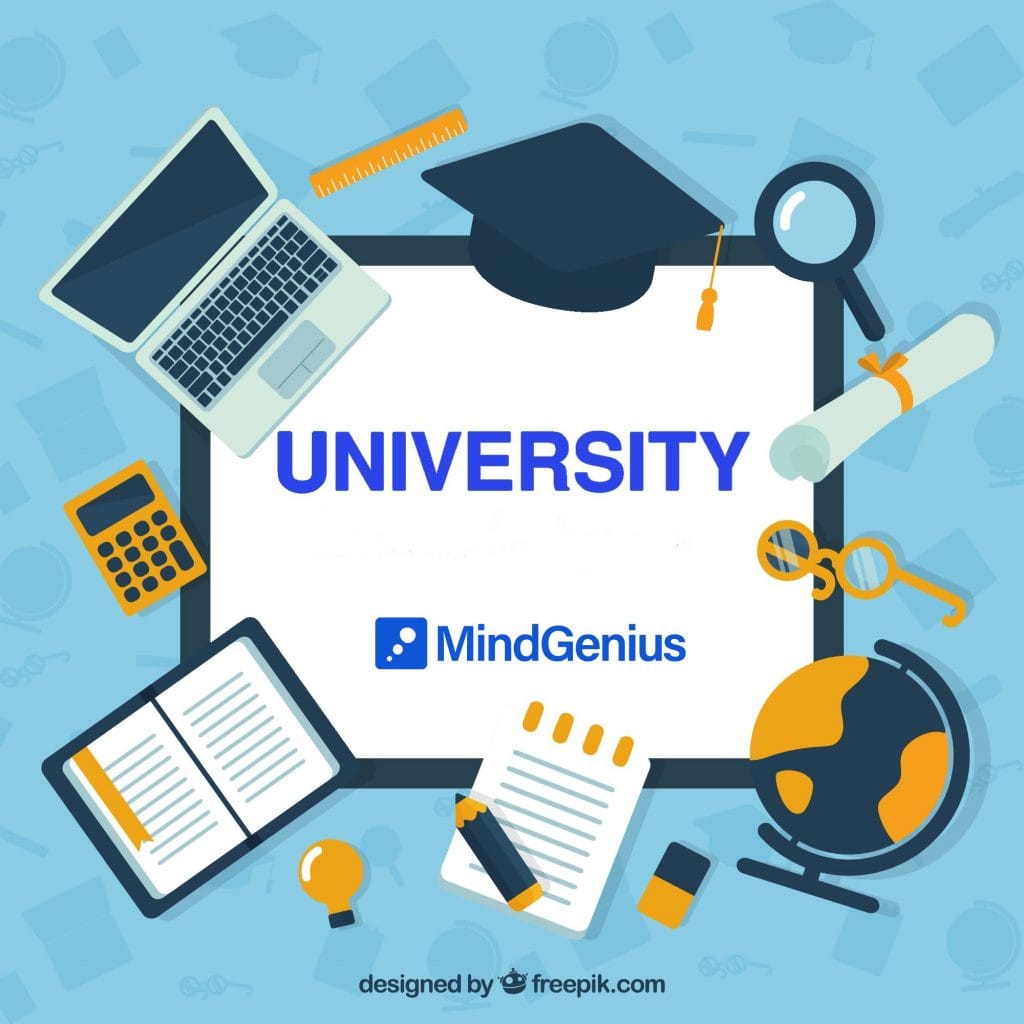Describe your fourth year at University? Late night’s in the library, gathering seemingly endless amounts of data, and then making sure all 15,000 words of your dissertation are perfectly put together. All this, while trying to figure out your life after University. Just me? Didn’t think so.
Having only graduated in the summer of 2019, I am coming from an area of recent, personal experience. The final year of university is, while challenging, one of the most fulfilling years of my life so far. While most, if not all, universities offer support during this process, it is clear from the outset that this is your own work and unlike anything else you’ve worked on in the previous 3 years.
Organisation for Dissertation
Hence, the reason for this blog. Having been through it and had the chance to reflect back on what I could have done differently; all my thoughts refer back to one area, organisation.
Organisation fits into every single stage of the Dissertation process. From topic choice to gathering data to something as menial as which font to use, every single stage of the process must the organised well.
While I have only been working for MindGenius since the turn of the new year, my eyes have been opened in terms of the huge benefits there are to using mindmaps and the organisational benefits it can bring. Had I have known this at the time of writing my own dissertation, I would have been mindmapping what to have for dinner each night of the week.
Benefits for Students?
So, what are the main benefits to mindmapping if you are a student? Research has found many:
- Improvement of long-term memory and memory formation
- significantly improves recall compared to conventional note-taking and learning methods
- improves students’ ability to generate, visualise and organise ideas
- encourages creative thinking
- brainstorm and capture ideas, knowledge, information, facts, problems, etc
- spot trends, patterns and relationships between ideas and facts
- better for planning tasks and projects (such as maybe…a dissertation?)
“But aren’t Mindmaps are just on paper?”
Now, if I’d have asked myself a year ago what a mindmap was, I’d have pictured a big flipchart board with a title in the center, and masses of unreadable, squiggled text surrounding it.
How wrong could I be? Very.
Whilst the origins of mind mapping are based on drawing and utilising mind maps on paper, visual mind mapping software tools (e.g. MindGenius) have greatly automated and enhanced the whole process.
Mindmaps going digital means they are easier than ever before to use and understand. Students using mind mapping software now have access to a whole new world of creativity.
Highly visual maps work easier and more efficiently with large amounts of information, handle complexity and are able to gain better understanding of information easier and quicker than ever before.
In addition to this, mind mapping software now integrates with MS Office and Social Media; converting maps to other outputs such as Word, PowerPoint, even Twitter and Facebook!
Conclusion – Dissertation
The benefits of using mindmaps are there to see, and it is without doubt the easiest and most enjoyable way to plan your Dissertation. Here at MindGenius, we have a free template that would be ideal for just that. MindGenius would like to wish all students the best of luck in their studies this year!

